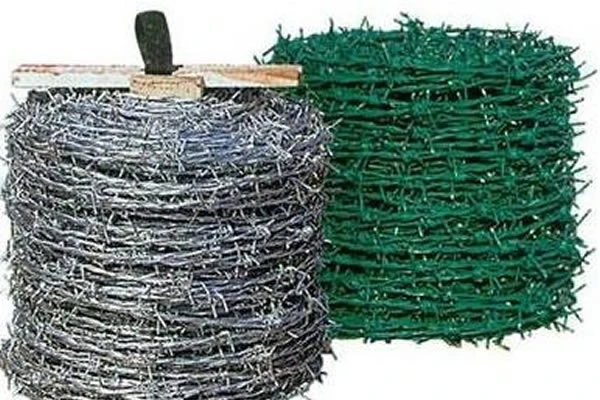 TEL:
+86-13102802206
TEL:
+86-13102802206
 Email:
fencenetting@china.com
Email:
fencenetting@china.com
 Language
Language
 TEL:
+86-13102802206
TEL:
+86-13102802206
 Email:
fencenetting@china.com
Email:
fencenetting@china.com
 Language
Language


The Importance of Temporary Animal Fencing
In the world of agriculture and livestock management, the need for effective animal containment is paramount. Temporary animal fencing has become an invaluable tool for farmers, ranchers, and wildlife managers alike, offering flexibility, ease of use, and cost-effectiveness. This article explores the significance of temporary animal fencing, its various applications, and the key benefits it provides.
Flexibility in Animal Management
One of the primary advantages of temporary animal fencing is its flexibility. Unlike permanent fencing solutions, which can be time-consuming and expensive to install, temporary fencing can be set up and dismantled easily, allowing farmers to adapt to changing circumstances. Whether managing grazing patterns, protecting crops from livestock, or shifting animals to new pastures, portable fencing provides a practical solution.
Farmers often face the challenge of rotating grazing areas to prevent overgrazing and promote soil health. Temporary fencing allows them to create paddocks that can be moved as necessary. This practice not only enhances the welfare of the animals by providing them with fresh forage but also helps regenerate the land, promoting biodiversity and soil fertility.
Cost-Effectiveness
Temporary animal fencing is generally more affordable than permanent solutions. For small-scale farmers or those just starting, investing in traditional fencing can be a significant financial burden. Temporary fencing options, including electric fences, plastic or wire mesh, and livestock panels, provide an economically viable alternative. These systems are often available for rental or purchase at a low cost, making them accessible to a broader range of users.
Moreover, the ability to reposition and reuse temporary fencing systems means that farmers can avoid the high labor and material costs associated with permanent installations. This economic benefit is particularly crucial in today's agricultural landscape, where profit margins are tight and the costs of operation continue to rise.

Environmental Considerations
In addition to economic benefits, temporary animal fencing contributes positively to environmental sustainability. For instance, allowing livestock to graze in designated areas promotes pasture regeneration. By rotating animals through various sections of land, farmers can minimize the impact on any single area, preventing soil erosion and encouraging plant regrowth.
Furthermore, temporary fencing can be essential in wildlife management. When certain areas need to be protected from livestock or human interference, temporary fencing can safeguard sensitive habitats. This approach helps to balance agricultural activities with conservation efforts, allowing both farming and wildlife to thrive.
Safety and Security
Temporary animal fencing enhances safety for both animals and humans. By effectively containing livestock, farmers can prevent animals from straying onto roads or other dangerous areas, reducing the risk of accidents. Moreover, temporary fencing can protect young or vulnerable animals from predators or aggressive herd members, ensuring a safer environment for their growth and well-being.
Conclusion
In summary, temporary animal fencing serves as a vital component in modern agriculture and animal management. Its flexibility, cost-effectiveness, environmental benefits, and safety features make it an excellent choice for farmers and ranchers. Whether used for rotational grazing, protecting crops, or managing wildlife, temporary fencing solutions offer the adaptability needed in today's fast-paced agricultural landscape. As we move forward, the continued evolution of temporary fencing options will undoubtedly play a critical role in promoting sustainable farming practices and enhancing livestock management.